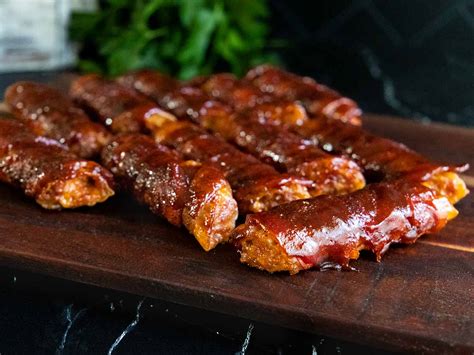Homemade Shotgun Shells: A Comprehensive Guide (For Educational Purposes Only)
Disclaimer: This article is for educational purposes only. The creation and use of homemade ammunition is highly dangerous and illegal in many jurisdictions. Do not attempt to make your own shotgun shells without proper training, licensing, and adherence to all applicable laws and regulations. Improperly made ammunition can cause serious injury or death. This information should not be interpreted as an endorsement of the manufacture of homemade ammunition.
Understanding the Risks Involved
Before even considering the process, it's crucial to understand the inherent dangers:
- Explosion Risk: Incorrectly manufactured shells can explode during loading, firing, or even handling. This can lead to severe injuries or death.
- Inconsistent Performance: Homemade shells will likely lack the consistency of commercially produced ammunition. This affects accuracy and reliability.
- Legal Ramifications: The production of ammunition without the proper permits and licenses is a serious offense in many places. Penalties can include hefty fines and imprisonment.
- Lack of Quality Control: Commercial manufacturers adhere to rigorous quality control standards. Homemade shells lack this crucial element, increasing the risk of malfunctions.
The Hypothetical Process (For Educational Purposes Only)
This section outlines the theoretical steps involved in making shotgun shells. Again, we strongly advise against attempting this.
Materials (Hypothetical)
The materials needed are complex and obtaining them may be illegal. This information is provided only for illustrative purposes.
- Shotgun Hulls: Empty, once-fired shotgun hulls are needed as a base. These are specific to the gauge of your shotgun.
- Powder: Gunpowder, specifically designed for shotguns, is required. The exact type and amount will depend on the gauge and desired load. Incorrect powder usage is extremely dangerous.
- Wads: These act as a seal between the powder and shot. There are different types of wads, each suited for different loads.
- Shot: This is the projectile itself, typically made of lead or steel. The size (gauge) must match your shotgun.
- Primer: This ignites the gunpowder. Incorrect priming is a major risk factor.
- Loading Tools: Specialized tools are required for safely and accurately loading the shell components.
Hypothetical Steps (For Educational Purposes Only)
This hypothetical process is highly simplified and is not a substitute for professional training.
- Hull Preparation: Prepare the empty hulls by cleaning them thoroughly.
- Powder Measurement: Accurately measure the gunpowder using a precise scale. Using too much powder is extremely dangerous.
- Wad Insertion: Carefully insert the appropriate wad into the hull.
- Shot Measurement: Accurately measure the amount of shot.
- Shot Insertion: Insert the shot into the hull above the wad.
- Crimping: Use a crimping tool to seal the hull shut.
- Primer Insertion: Insert the primer carefully into the base of the hull.
Safer Alternatives
If you're interested in learning more about shotgun ammunition, there are safer alternatives:
- Shooting Range: Visit a local shooting range and rent a shotgun and ammunition. This is the safest and most responsible way to experience shooting.
- Instructional Videos: Watch instructional videos from reputable sources that explain the intricacies of shotgun ammunition and its safe handling.
- Join a Shooting Club: Joining a shooting club provides access to experienced shooters and training.
Remember, safety should always be your top priority. The information provided here is for educational purposes only and should not be interpreted as a guide for making homemade ammunition. Do not attempt to manufacture your own shotgun shells.
